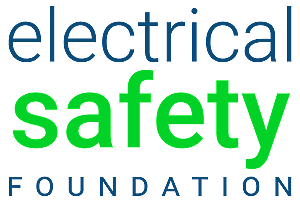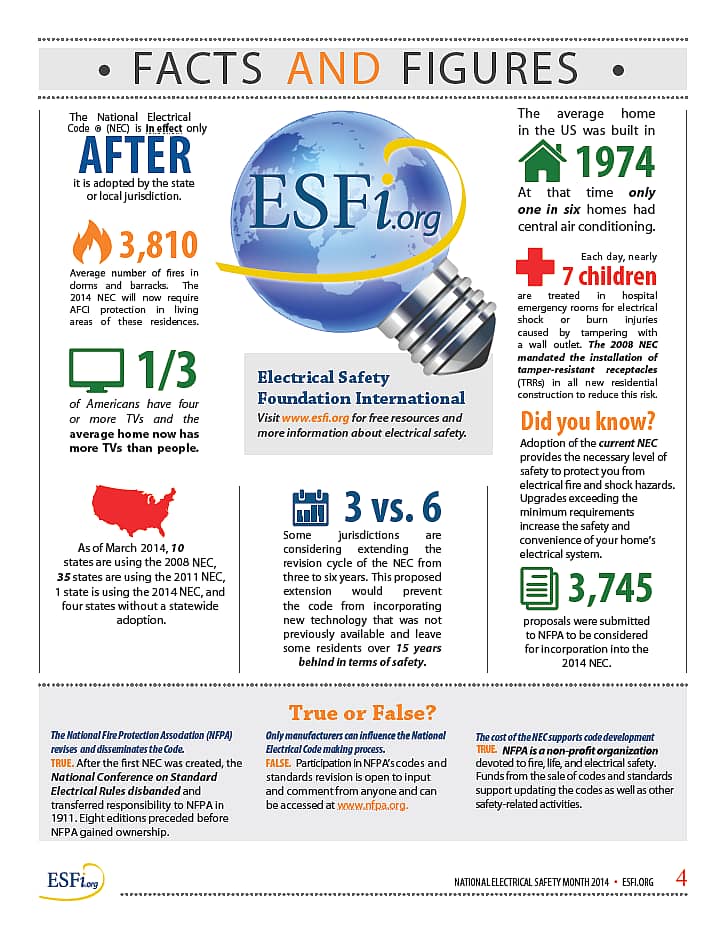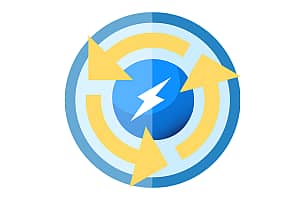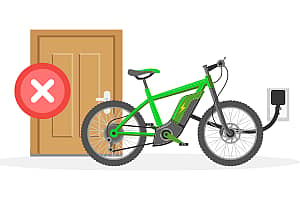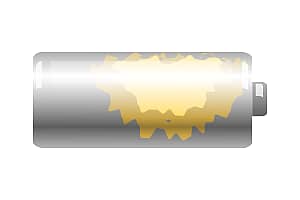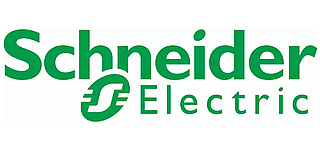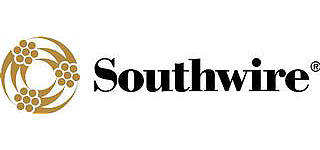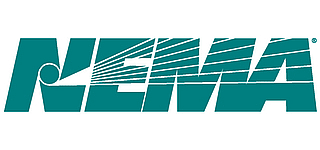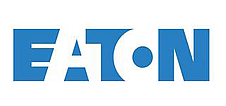Think you know all there is to know about the National Electrical Code? These facts and figures may surprise you.
- The National Electrical Code (NEC) is in effect only AFTER it is adopted by the state or local jurisdiction.
- An average of 3,810 fires occur in dorms and barracks. The 2014 NEC will now require AFCI protection in living areas of these residences.
- 1/3 of Americans have four or more TVs, and the average home now has more TVs than people.
- As of March 2014, 10 states are using the 2008 NEC, 1 state is using the 2014 NEC, and four states are without statewide adoption.
- Some jurisdictions are considering extending the revision cycle of the NEC from three to six years. This proposed extension would prevent the code from incorporating new technology that was not previously available, and leave some residents over 15 years behind in terms of safety.
- The average home in the U.S. was built in 1974. At that time, only one in six homes had central air conditioning.
- Each day, nearly 7 children are treated in hospital emergency rooms for electrical shock or burn injuries caused by tampering with a wall outlet. The 2008 NEC mandated the installation of tamper-resistant receptacles (TRRs) in all new residential construction to reduce the risk.
Did you know?
- Adoption of the current NEC provides the necessary level of safety to protect you from electrical fire and shock hazards. Upgrades exceeding the minimum requirements increase the safety and convenience of your home’s electrical system.
- 3,745 proposals were submitted to NFPA to be considered for incorporation into the 2014 NEC.
True or False?
- The National Fire Protection Association (NFPA) revises and disseminates the Code.
- TRUE. After the first NEC was created, the National Conference on Standard Electrical Rules disbanded and transferred responsibility to NFPA in 1911. Eight editions preceeded before NFPA gained ownership.
- TRUE. After the first NEC was created, the National Conference on Standard Electrical Rules disbanded and transferred responsibility to NFPA in 1911. Eight editions preceeded before NFPA gained ownership.
- Only manufacturers can influence the National Electrical Code making process.
- FALSE. Participation in NFPA’s codes and standards revision is open to input and comment from anyone, and can be accessed at www.nfpa.org.
- FALSE. Participation in NFPA’s codes and standards revision is open to input and comment from anyone, and can be accessed at www.nfpa.org.
- The cost of the NEC supports code development.
- TRUE. NFPA is a non-profit organization devoted to fire, life, and electrical safety. Funds from the sale of codes and standards support updating the codes as well as other safety-related activities.
